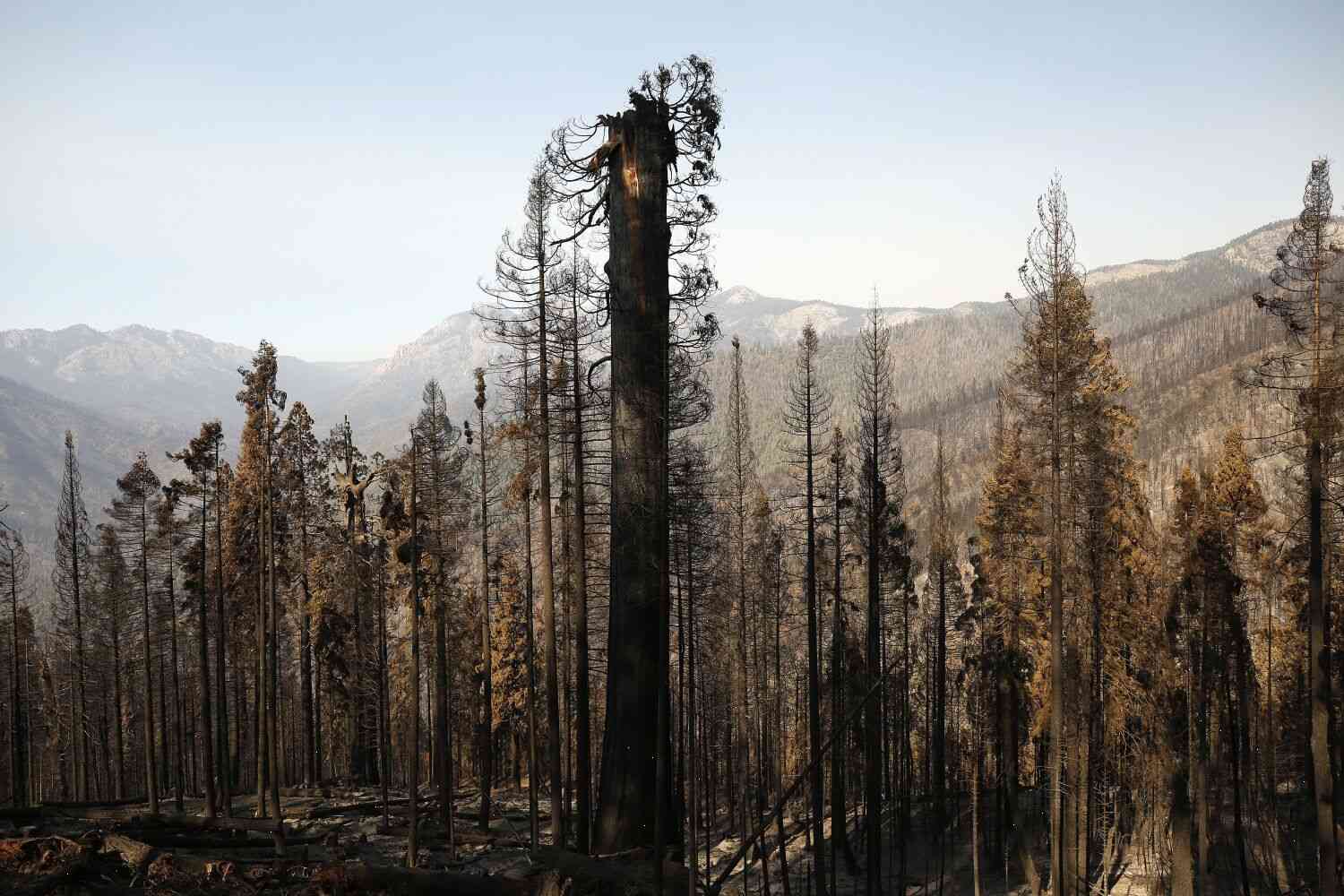Op-Ed: With climate change, we may witness sequoia forests convert to chaparral
As it becomes ever more clear and certain that a human footprint on the planet is the single greatest threat to our species’ existence, one of the more curious discoveries is that some species and ecosystems are going to get left behind, while others thrive like never before.
The most striking fact is that some species will survive the onslaught and become more than relics of a bygone era – or even transform into a new species altogether.
Here’s a sample from a recent National Geographic magazine article on this topic:
But there are others, like the California-born sequoia, that are already on the ascent because the pace of climate change has picked up in the last 50 years.
Today, their forest is almost certainly dead.
In the next 50 years, it will only become a less hospitable environment.
That’s because of the way the climate-trending El Niño system has been warming up in recent decades – especially since the 1970s, when the climate became more stable.
An El Niño occurs when one of the four giant ocean-atmosphere atmospheric cyclones called the seasonal polar jet stream doesn’t move far from its normal position, which is where the jet stream meets the polar front.
It’s an average shift of about six miles (1.2 kilometers) north or south over the course of 18 to 36 months.
At its peak in 1983, the Southern Pacific Niño, or El Niño, brought more than a foot rise in global sea level in a three-year period.
El Niño, which is caused by warming ocean waters in the eastern Pacific Ocean and in the tropical Pacific Ocean off the coast of South America, brought floods and droughts from California to southern Chile.
Since the mid-1990s, the pattern has been shifting in response to human-caused global

